Sightseeing Spots
Search Results314
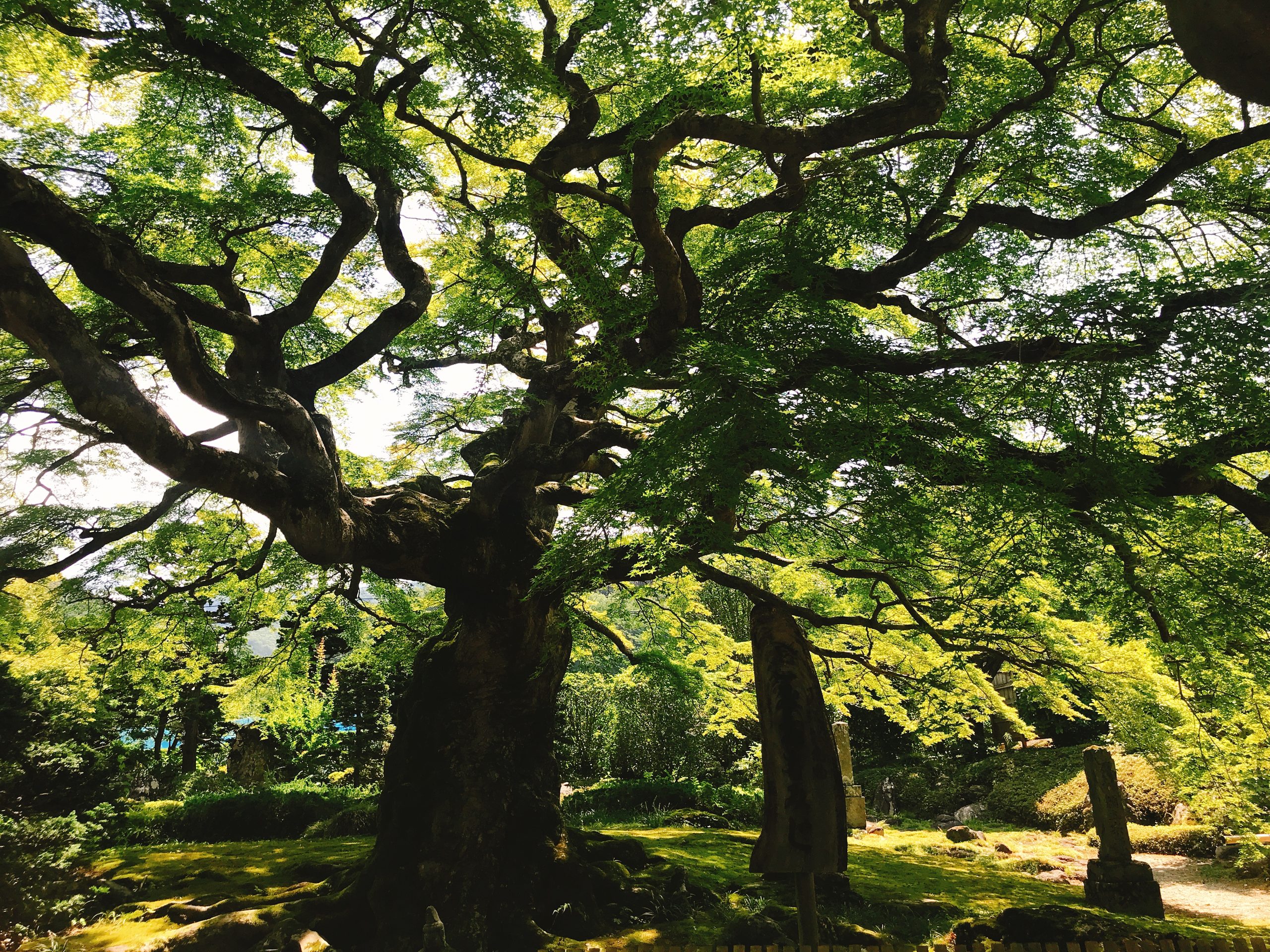
The change of the seasons can be enjoyed in the large, elegant butterfly maple tree, said to be 600 years old and designated a Saitama Prefecture Natural Treasure. The trunk is 3.8 m in circumference, 7.2 m in height, and the canopy measures 18.9 m north to south, 20.6 m east to west, and 56.3 m in circumference. The peak for autumn leaves is mid to late November. The "Night Zazenkai" (Night Zen Meditation) is also held on the 8th of every month from 7:30PM. A soba restaurant, "Teuchi Soba Machida" is nearby, and you can enjoy a meal of handmade soba while viewing the changing seasons.
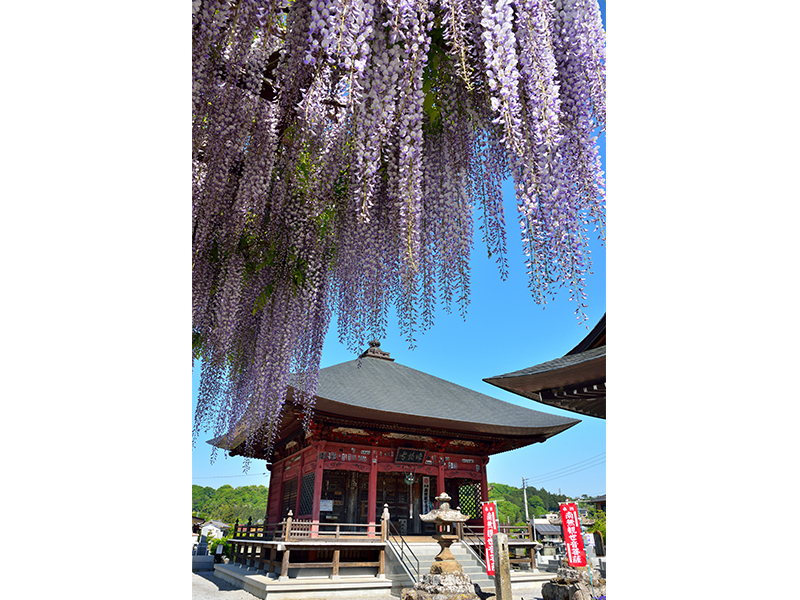
During wisteria season, you can enjoy vines of purple wisteria flowers descending from the trees in the precincts of Gokado Temple on Mt. Ogawa. Magohachi Honma, who built the temple, spent a night discussing the art of waka poetry with a traveling monk to finally master its secrets, and thus named the temple "Gokado" (words and songs temple). According to legend, the monk was said to have been the incarnation of Kannon, the Goddess of Mercy. The stone Buddha in the Koshinto pagoda on the right side of the hall is one of few existing in Chichibu. Collectible goshuin seals are available at Chokoji Temple, about 250 meters away.
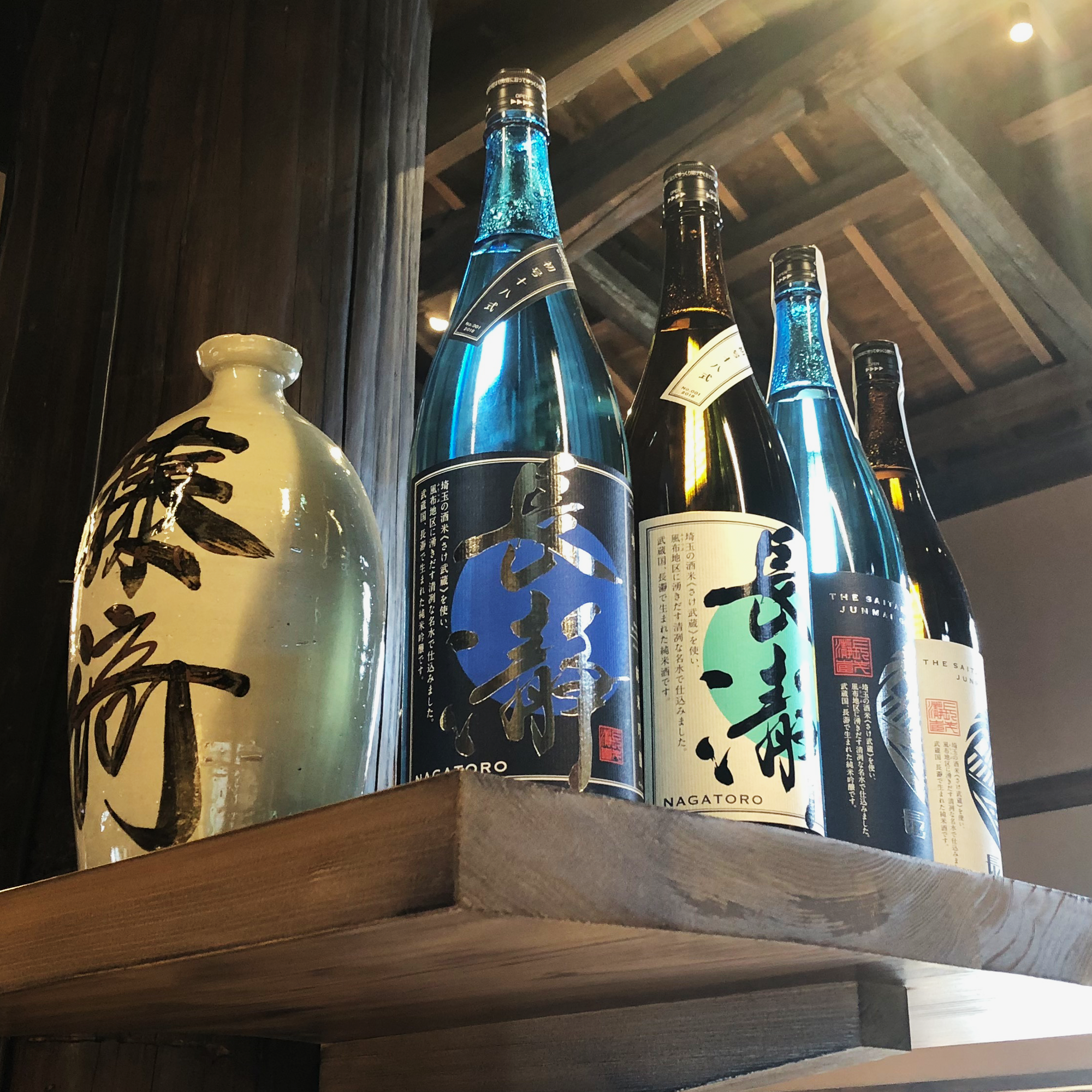
Established 290 years ago, Nagatorogura Sake Brewery and Boutique Store is a sake brewery that carries on the spirit of 11th Hino merchant Sōbē Fujisaki, who devoted his life to bringing Saitama’s Japanese sake to the world. In September 2018, to further pursue Sōbe Fujisaki's sake brewing tradition of “polish with skill and brew from your heart," the sake brewery moved to Nagatoro, a beautiful place of nature. Using naturally flowing water from the Fuppu area and rice grown on Saitama soil, we are producing the Japanese sake "THE SAITAMA ORIGINAL." (For more information about our facility, please visit the URL below.)
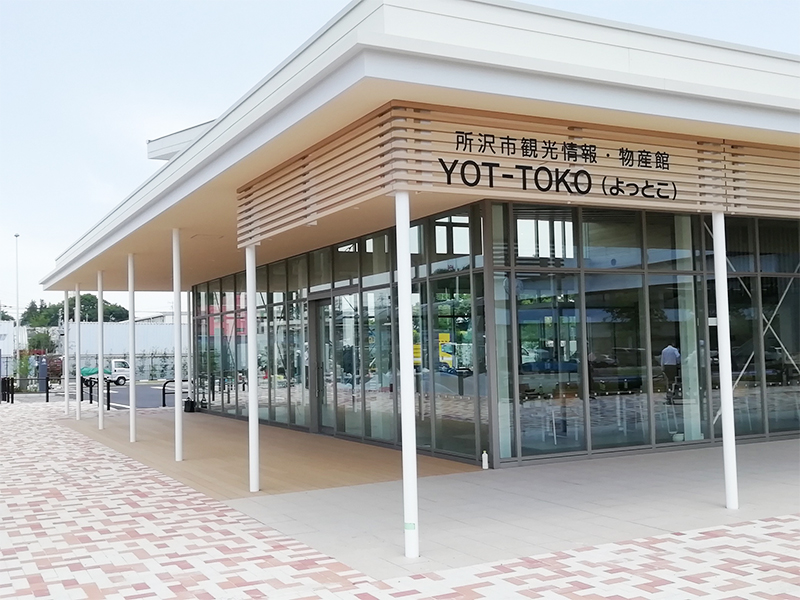
At YOT-TOKO you will discover the many delicious foods and great places to visit in Tokorozawa! In addition to providing tourist information and selling unique local foods and specialties, there are also displays of traditional noh masks, kumade rakes and hina dolls; a showcase of the many charms of Tokorozawa. Among these are the eye-catching packages of Sayama tea, the pride of local tea producers, and this shop is the only place where all brands are available in one place. The shop is connected to Tokorozawa Sakura Town via the Tokorozawa Sakura Town Bridge.

Founded in 1549 by Renkei Daishi, the mother of Kawagoe Castle Lord Masashige Daidoji. Later during the Tokugawa period, it was officially recognized as a temple and made into a school for Buddhist monks, and many Buddhist monks were educated there. In addition, the temple enshrines Fukurokuju, one of the 7 lucky gods of Kawagoe. Events are held at the temple on a regular basis.

Surrounded by lush greenery and famous for its shibazakura (lawn cherry) and cherry blossoms, this park is located on a hill overlooking the city center and has been long-cherished as a place to relax by the local citizens. There is a hill overlooking the city and surrounding mountains, "Miharashi no Oka," an athletic park "Wanpaku Hiroba" for children to play at, and exhibition halls such as the Mt. Bukou Museum and Yamato Art Museum.

The Saitama Forest Science Museum is a place where visitors can learn about both forests and forestry and deepen their understanding of the roles of forests and forestry. The Museum was built by Saitama Prefecture to encourage and support the local forestry industry.
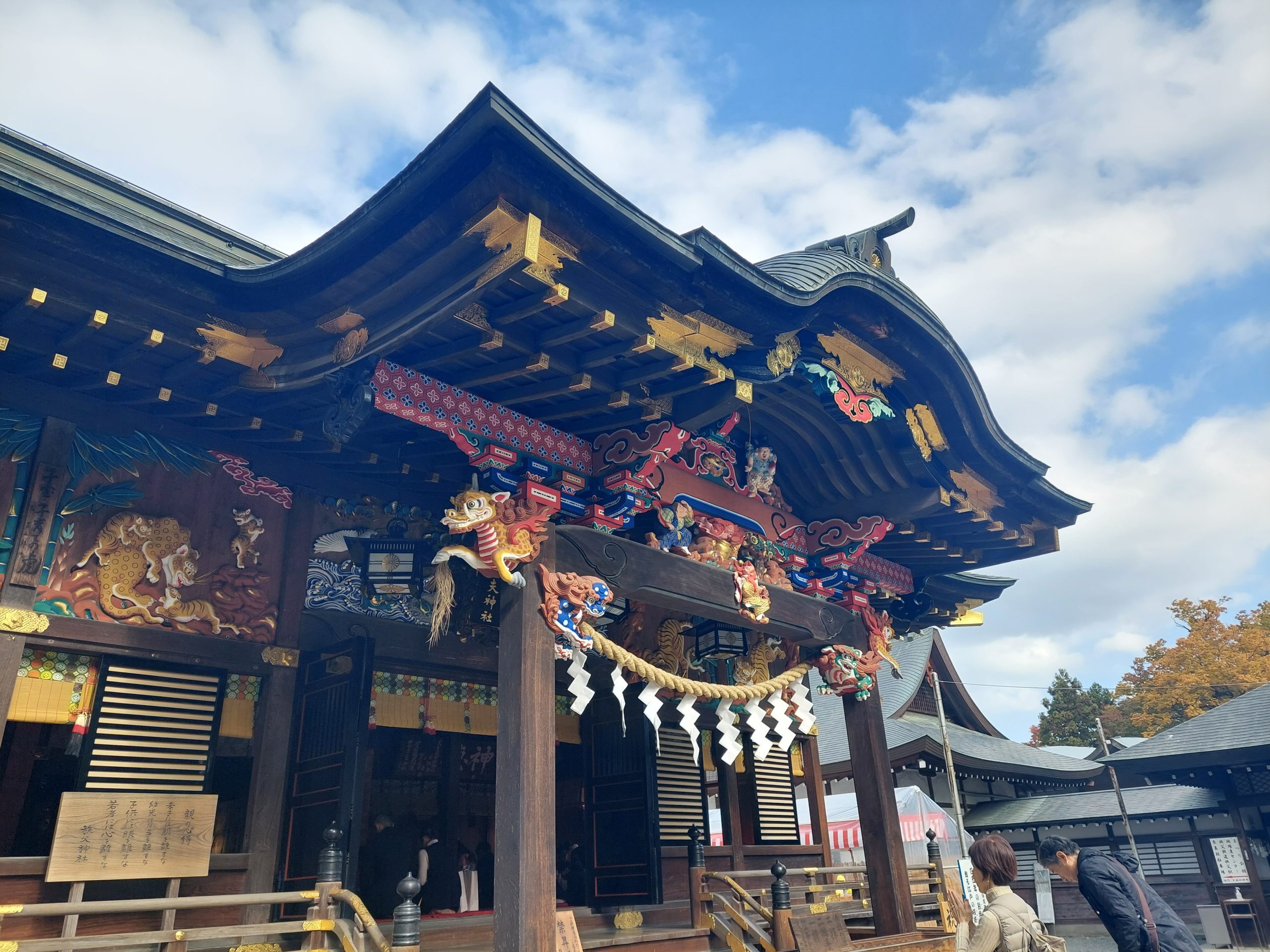
Marking 2100 years, Gochinza, a Sōja of Chichibu, has been revered since ancient times. In a forest of oak, there is an atmosphere with style and solemn beauty. The existing main building of the shrine is a contribution of Ieyasu Tokugawa in 1592 and was designated as Saitama Prefecture’s tangible cultural property due to the fact that it holds much of the Edo period’s early architectural style.
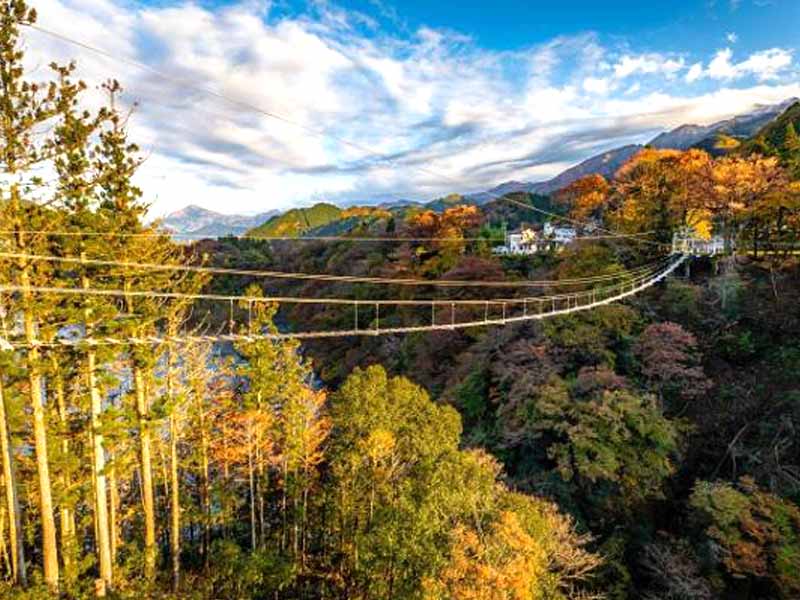
You can enjoy a variety of gravity-based activities from suspension bridges built on the banks of the Arakawa River using the piers of the former Shirakawa Bridge. Wear a harness and walk on the suspension bridge, cross the Arakawa Valley while connected to a cable, or swing over the valley on a trapeze! You can even bungee jump! Enjoy the great outdoors of the Arakawa Valley while taking part in many thrilling activities!
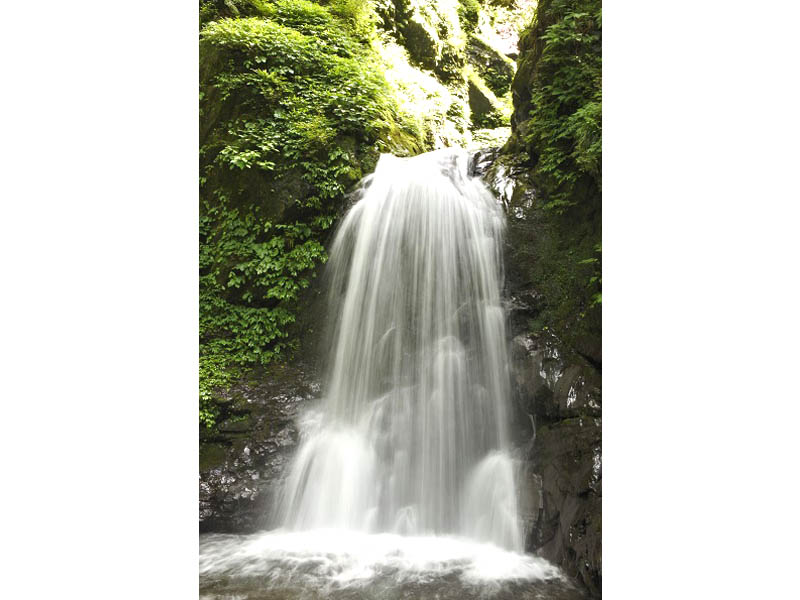
Enjoy the refreshing air around this beautiful waterfall originating from a mountain stream that flows from Mt. Ryokami in the Chichibu mountain range. Also, Onouchi Hyakukei Icicle, one of the three major icicles of Chichibu, can be found here from the beginning of January to the end of February every year.
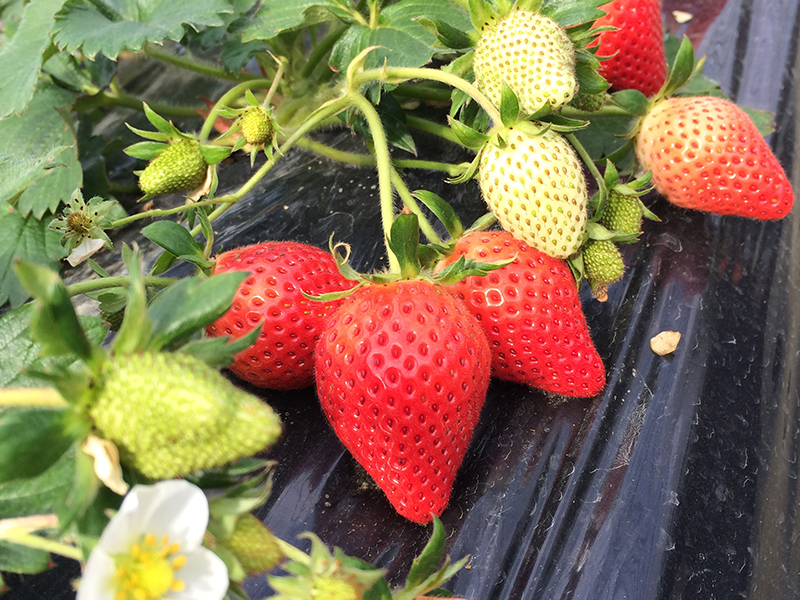
A 10 minute walk from Yokoze Station. Also a 10 minute walk to Hitsujiyama Park and Shibazakura no Oka. Strawberries grown with a focus on the best taste and assurance of quality.
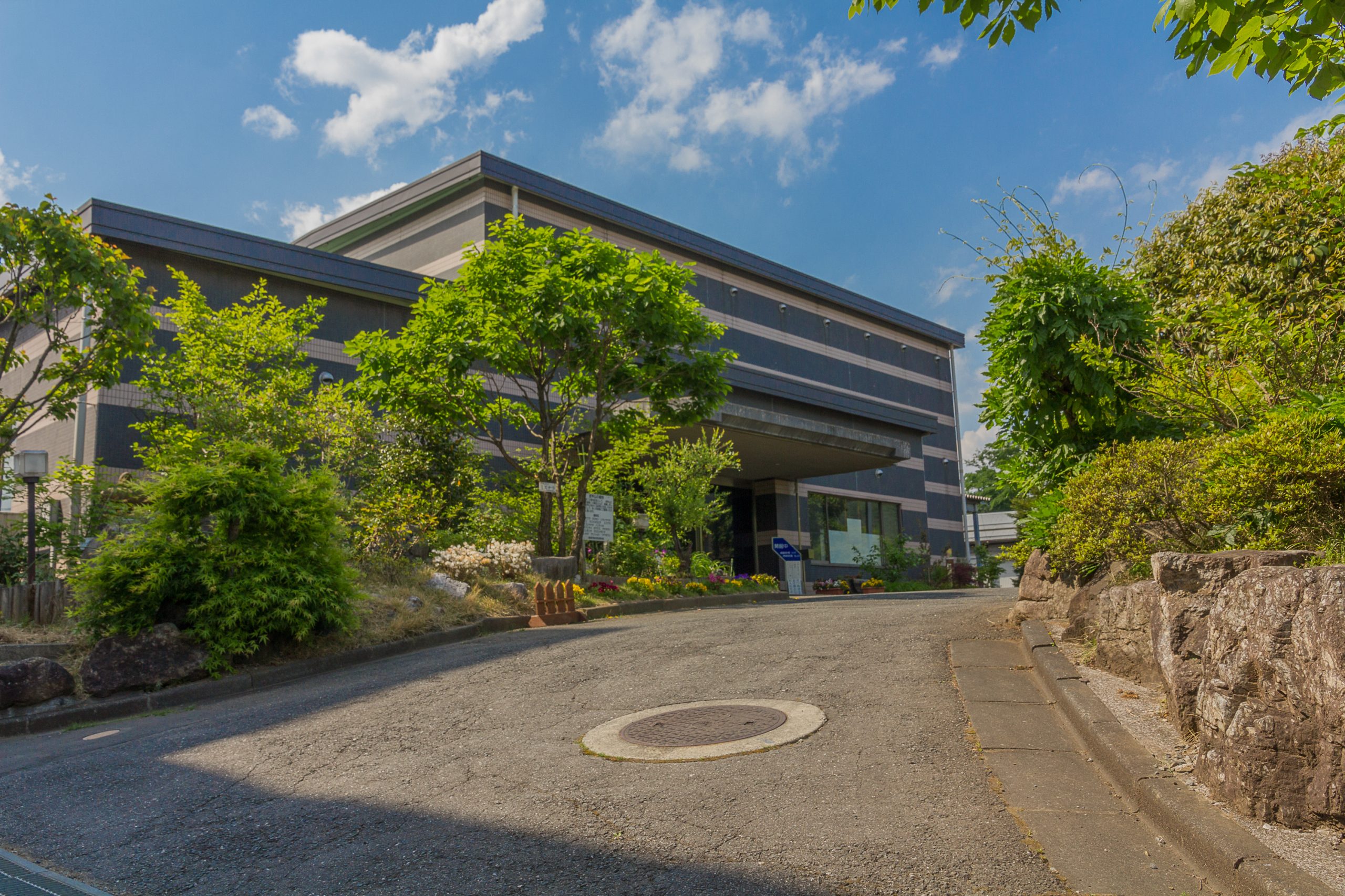
The entire cultural heritage of Yokoze Town is on exhibit at this museum. There are stage models of Yokoze’s puppet show (designated intangible folk cultural property by the prefecture), models of Bukōzanmitake Shrine Palace, specimen displays of animals and plants collected from Mt. Bukō, and historical documents that portray the transitions of Yokoze Town. In the “nature” section of the permanent exhibition room, approximately 130,000 year-old fossils of the giant Japanese elk, buffalo and wolves, which were discovered in the Negoya Limestone Cave, are on display. These fossils are very rare on a national scale.
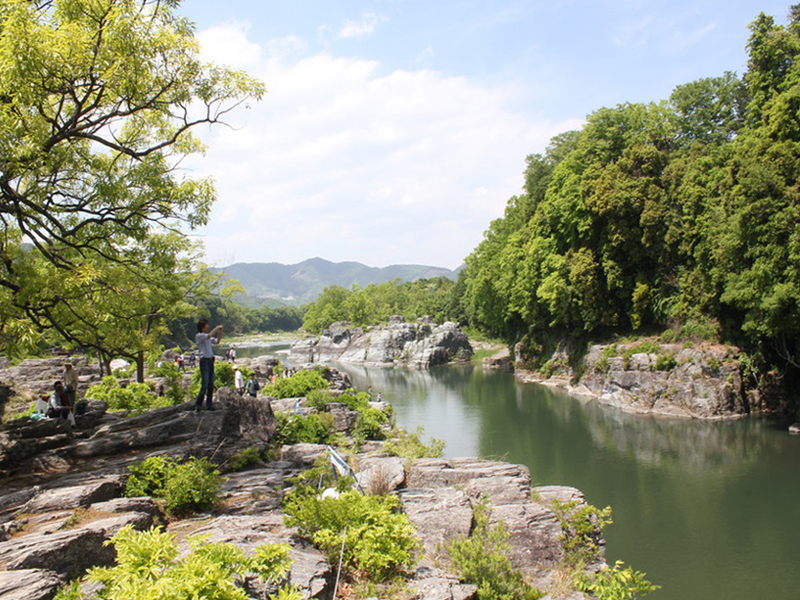
The Arakawa Line downstream boating in Chichibu Nagatoro allows you to ride upon the beautifully layered stone riverbed, which is designated as a national natural monument. It is a relaxing course with a couple of thrills along the way, but perfectly safe for children and seniors to enjoy as well. While listening to the boatman's entertaining speech, you can enjoy the cherry blossoms in the spring, the cool breeze in the summer, the beautiful colors of autumn, and the warmth of the kotatsu (heated table) boat in the winter. In other words, a perfect outdoor activity regardless of the season!
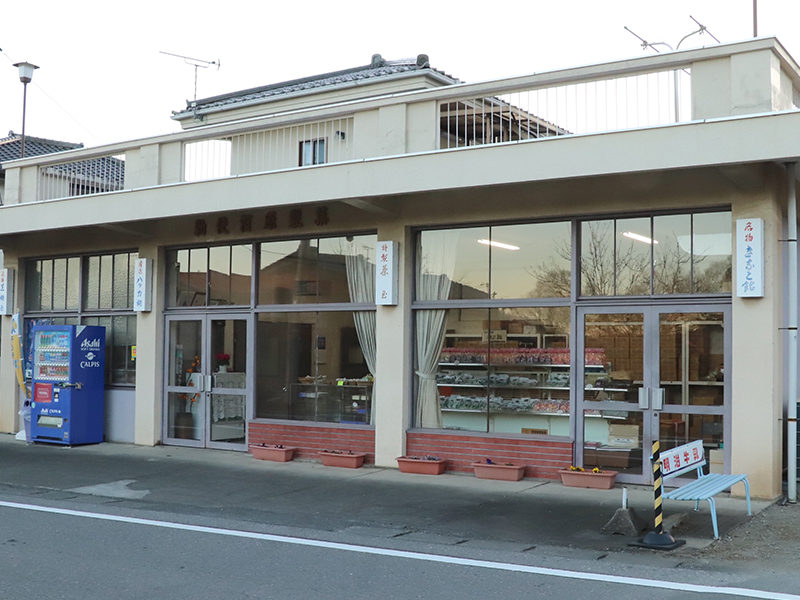
A long-established candy and confectionary manufacturer and distributor founded in 1864. “Chichibu Ame" (candy) is meticulously handcrafted the traditional way using carefully selected ingredients while retaining their original flavor and umami. Almost all of the products are additive-free, making it safe to eat for people of all ages.
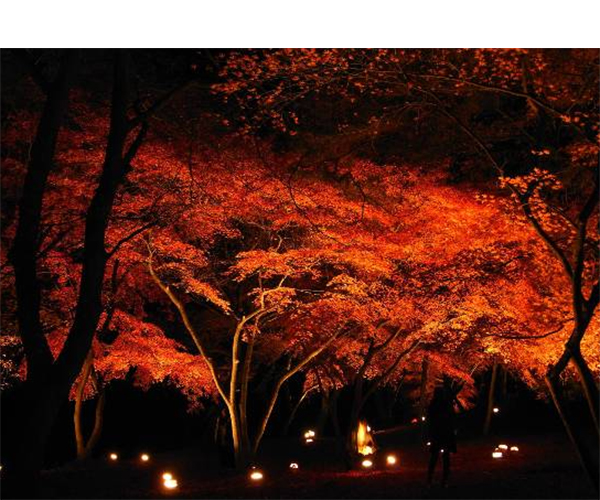
The park is named after the stone tablet on which Kyoshi Takahama wrote the haiku “Kokoniware Kuotomubeki Tsukinoishi,” and is very famous for its autumn leaves. The best time to see the autumn leaves is around November, with the illumination of around 50 acer amoenums Japanese maples. The area is very crowded during this time, especially with photography aficionados. You can enjoy the autumn leaves at the adjacent prefectural nature museum as well.
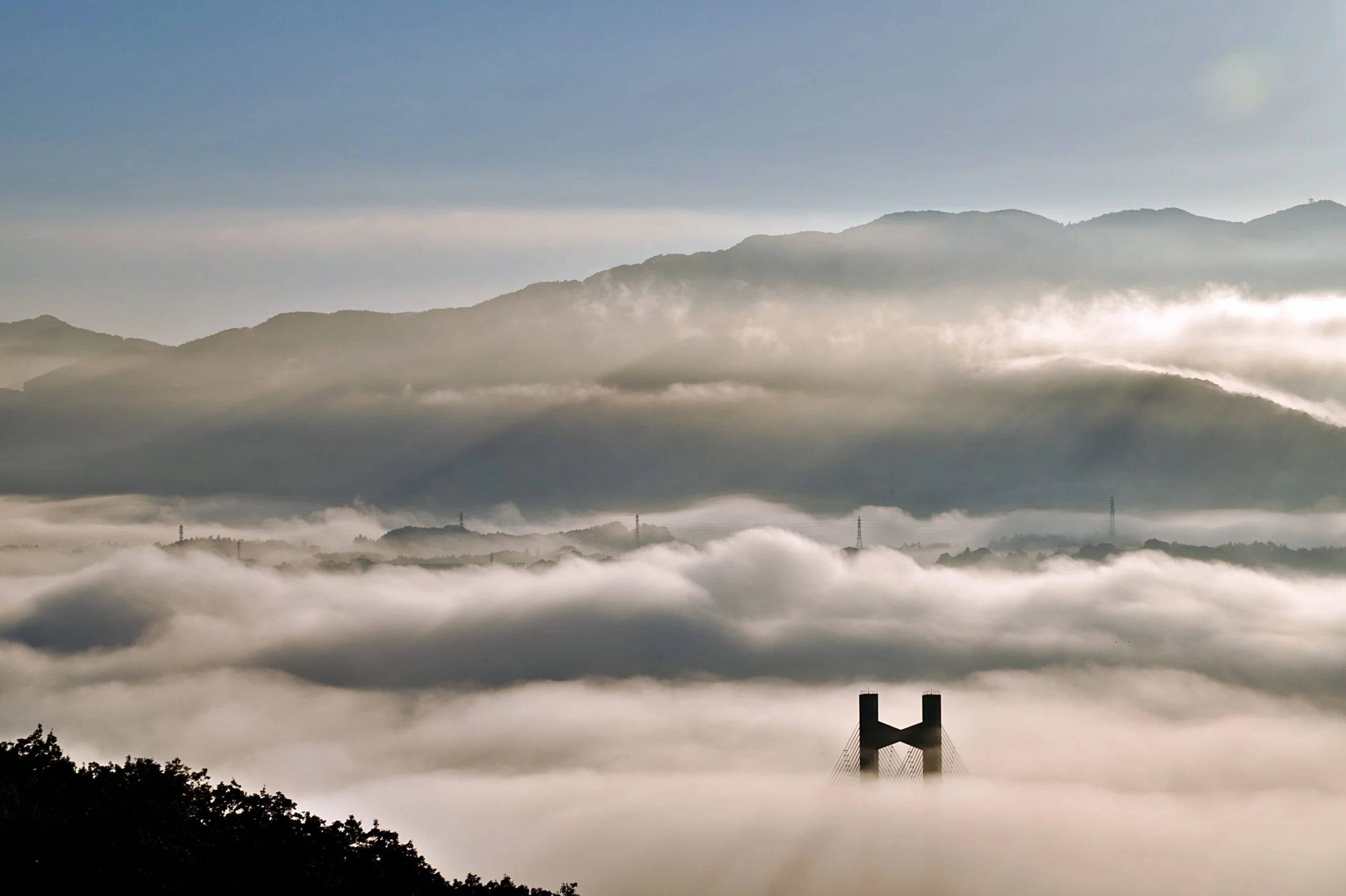
This park is situated in the rich nature of the Nagaonekyuryo mountains that straddle the border between Chichibu City and Ogano Town. This sprawling area of 375 hectares is divided into three themed zones, Forest of Sports, Forest of Music and Forest of Culture, with each area connected by a 3 km long "Sky Road." This park is best known as one of the best spots to view a breathtaking sea of clouds. The Chichibu area has the perfect conditions for a sea of clouds to form, due to the fog produced by radiative cooling in the Chichibu mountain area. If you get lucky, you may even be able to see the symbolic bridge of Chichibu appear to be floating above the clouds. Chichibu Muse Park has a variety of attractions, such as a music hall, an outdoor stage, Muse Fountain, a spacious garden, and sports facilities. Chichibu Muse Park is the perfect place to enjoy your day, surrounded by the beautiful changing seasons.
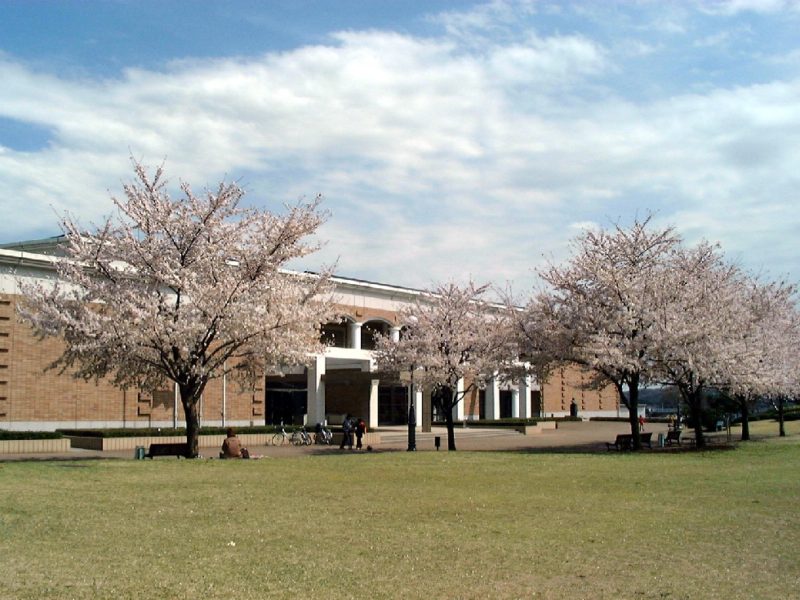
The main theme of the Iruma City Museum ALIT is tea! This museum is filled with resources for learning extensively about Sayama Tea, the history and culture of tea and Iruma City's nature and history. In the spacious museum garden there is a tea room, a pond and wooded area, a restaurant, and a square with lawns. It is an ideal place to take a rest.
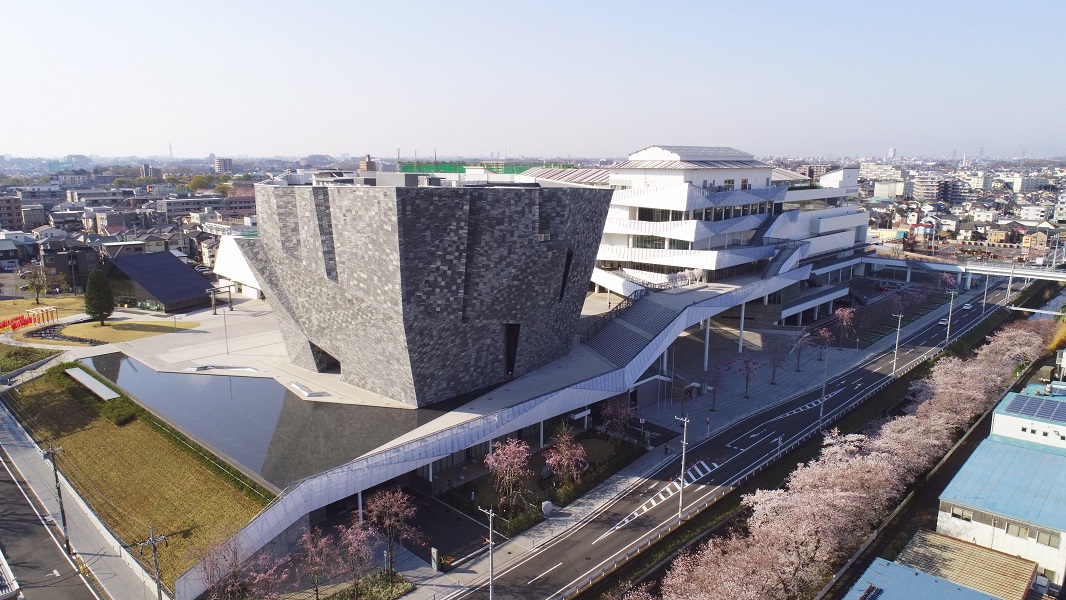
This facility is the center of the "Cool Japan Forest" Project, a joint project by KADOKAWA and Tokorozawa City to share the cutting-edge culture and industry born from an area of plentiful, beautiful nature. The facility has a library, art, natural history and anime museums, and a multipurpose hall to enjoy Japanese pop culture events. In addition, there are book manufacturing and distribution plants, offices, stores, restaurants, hands-on bookstores, shrines, and more!
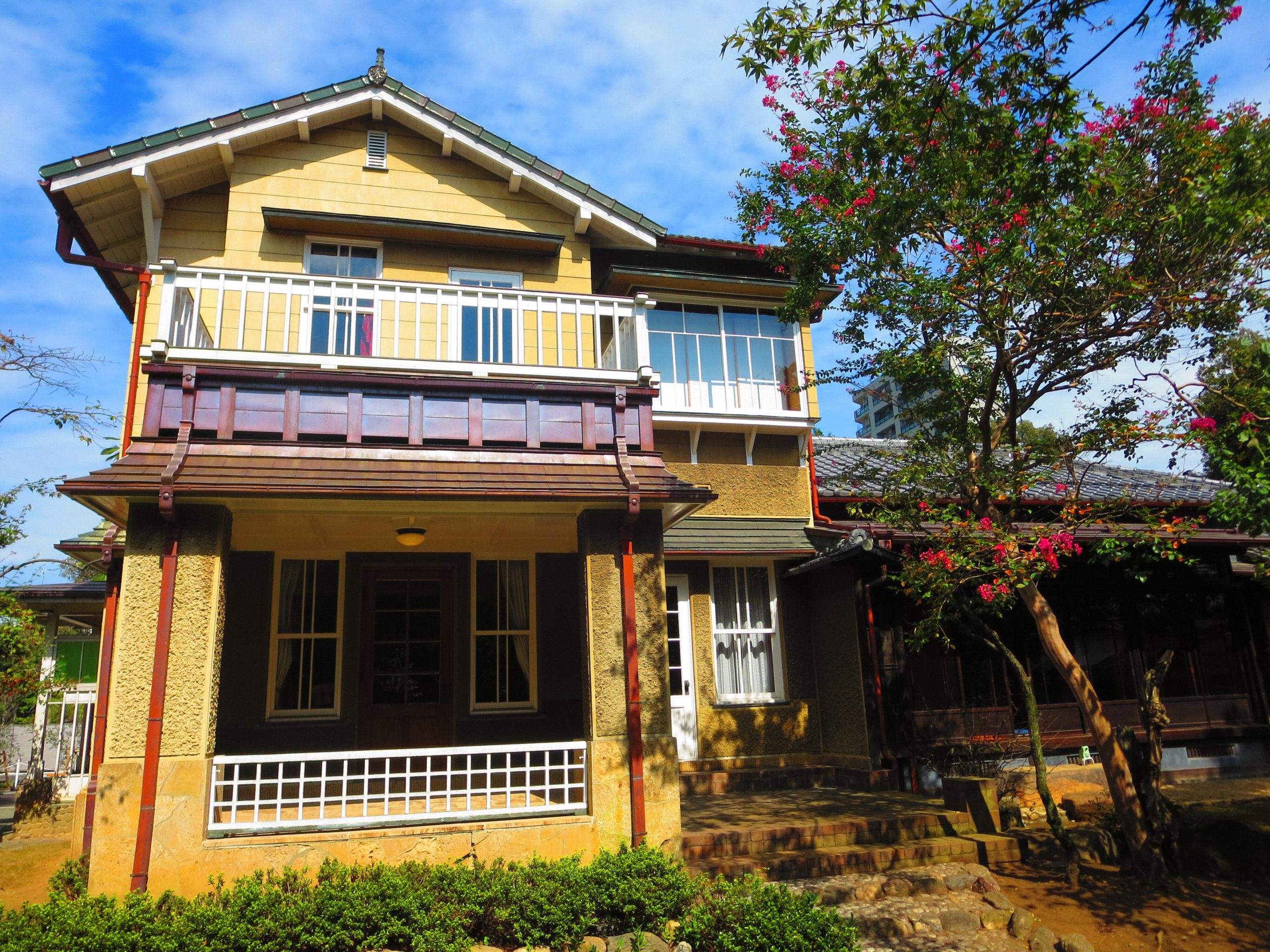
The Old Yamazaki Family Villa was built as a retreat for Kashichi Yamazaki, the 5th generation of Kameya, a long-established confectionery store of Kawagoe. The building and other components have been recognized as having national cultural significance; the main house, tearoom, and the benches of the waiting room were designated as tangible cultural properties of the city in 2000, a portion of the building was donated to the city in 2006, the garden was registered as the national monument (place of scenic beauty) in 2011, and the main building was designated as a National Important Cultural Property in 2019. The garden of the former Yamazaki family's villa is also recognized as a valuable example of a Japanese-style garden, including a tea ceremony room designed by Katsuya Hoka along with Japanese and Western-style buildings, and is highly regarded as “a contribution to the development of landscape gardening culture."
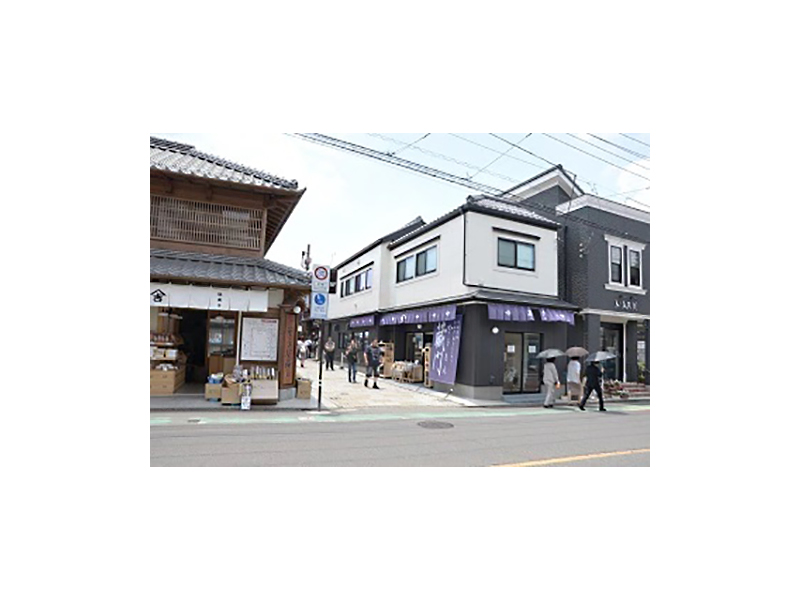
The entrance of the Kawagoe Kashiya Yokochō candy store is marked with a large purple noren (shop curtain with emblem and name). A wide variety of sweets are produced and sold here, including kura manjū (Japanese-style bun stuffed with sweetened bean paste), sweet potato yōkan (sweetened bean jelly), potato sweets, and rice crackers. We can assist you in basic English.
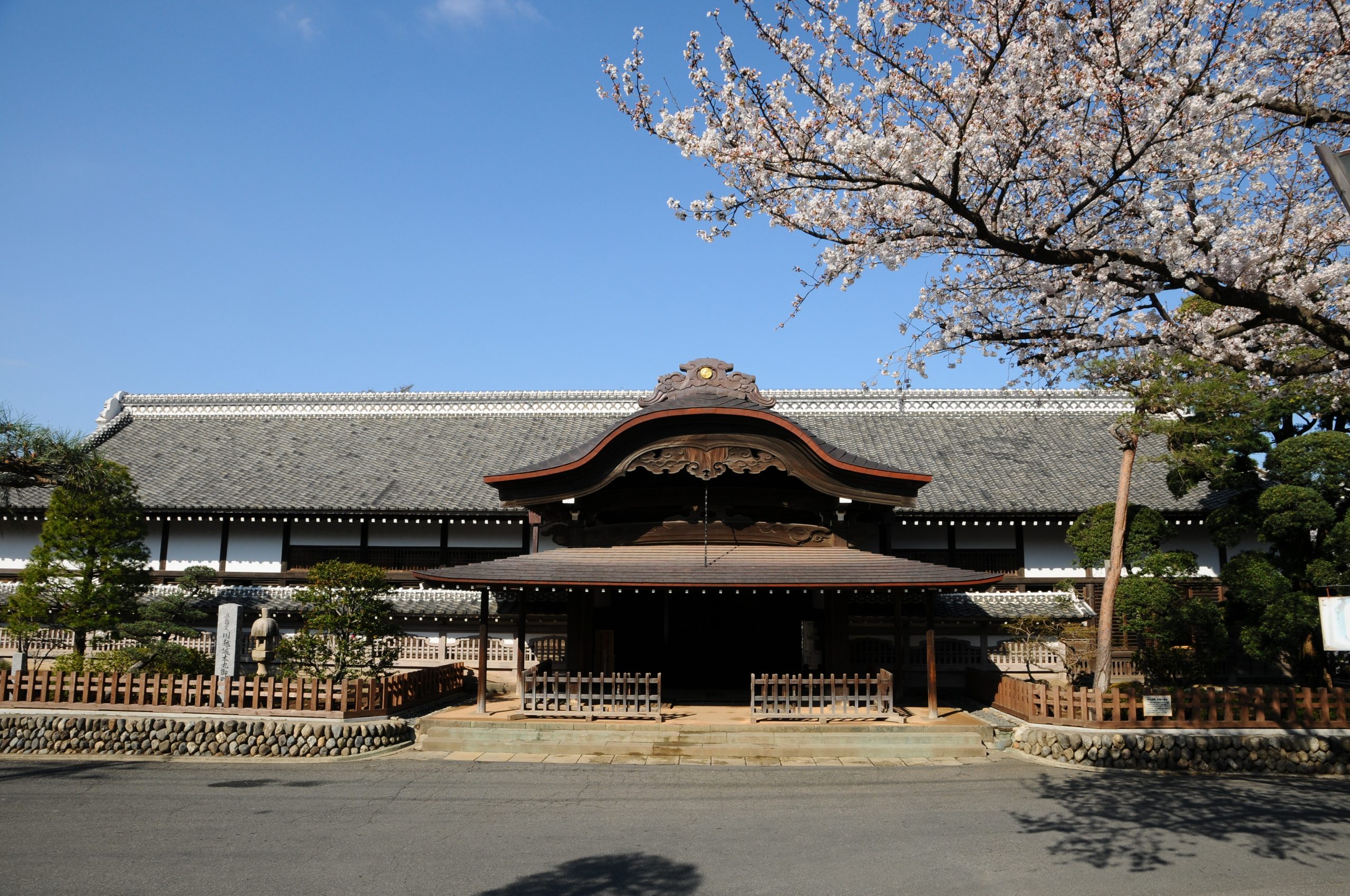
The Kawagoe Castle was built in the first year of Chōroku Era (1457) under the command of the vassals, Ōta Dōshin and Dōkan (father and son), for Ōgigayatsu Uesugi Mochitomo to compete against Koga Ashikaga Shigeuji. In the Edo period, it was of utmost importance to protect the north side of Edo, which is why the top vassal traditionally become the lord of the castle. The current building was constructed in the first year of Kaei era (1848). It is open to the public after a two and a half year restoration.
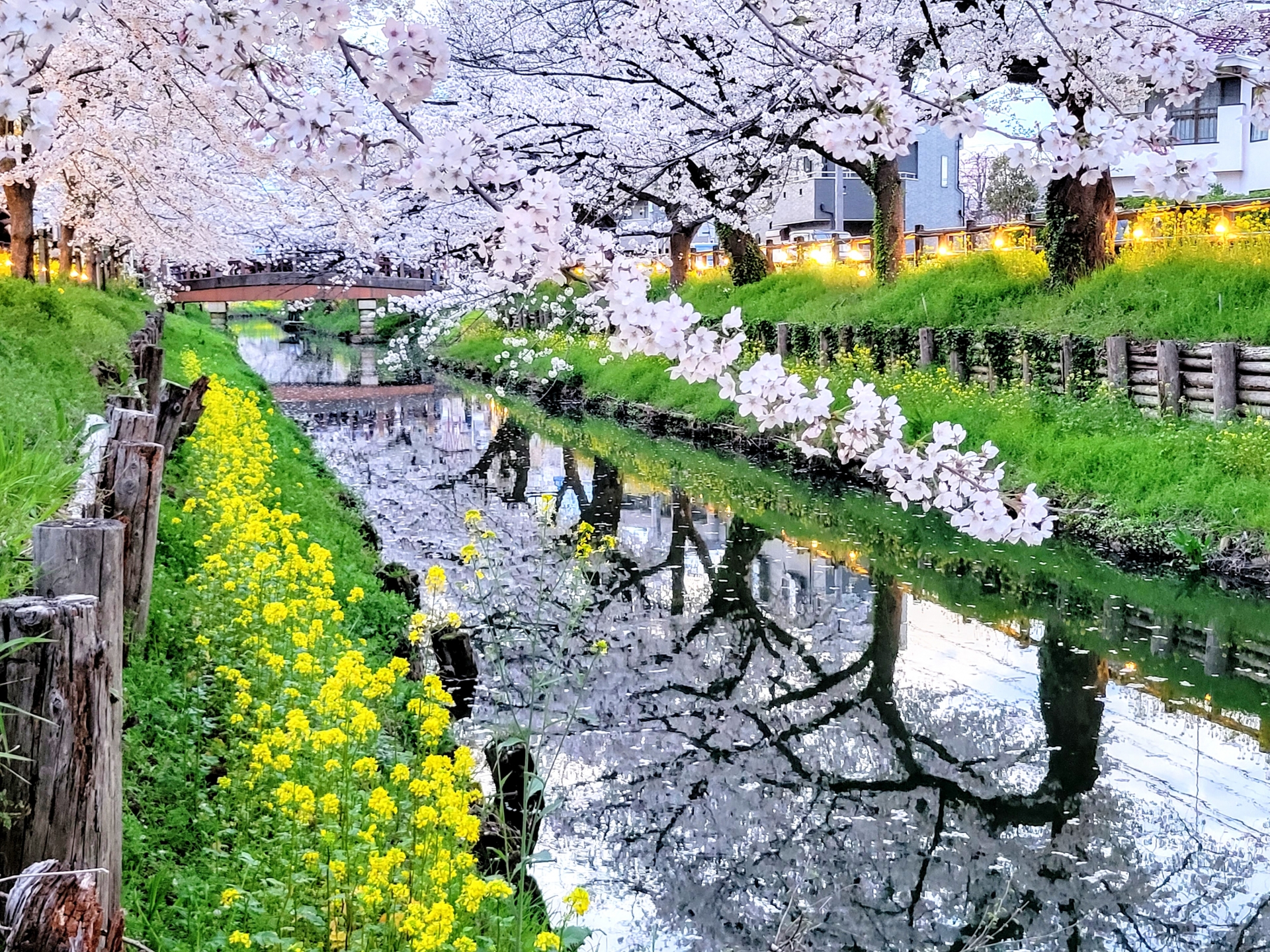
The "Little Edo Kawagoe Spring Sailing" is a Japanese cherry blossom viewing event held at the end of April, where visitors sail down the Shigashi River behind Kawagoe Hikawa Shrine to view 500 meters of cherry blossoms in full bloom. Sail along in a small Japanese-style boat enjoying the fully blooming sakura overhead with a flowing river of pink petals beneath you. It's a must-see for fans of the Japanese cherry blossom!

Plum planting began in 1986 at Ume Hyakkaen Garden. You can enjoy about 170 varieties of plum flowers, including rare ones such as the early blooming red plum during the winter solstice and the three famous flowers of the moon, mangetsu, tagoto, and soumei. From mid-February, about 470 plum are in full bloom, and the fragrant plum scent spreads all the way to the summit.
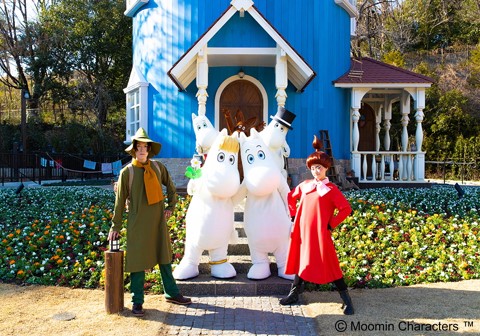
At the Moominvalley Park in Saitama Prefecture, based on the popular creation, ‘Moomins,’ by Finnish author and artist Tove Jansson, you can immerse yourself in the delightful world of Moomin and its popular characters. The first theme park of its kind outside of Finland, it was opened in March 2019 in Hanno, Saitama, and is easily accessible from Tokyo via train. There are four main attraction areas, featuring a variety of theater venues, a large three-story museum, a playground with Moomin landmarks that appear in the story, delicious restaurants, a cafe, and the world’s largest Moomin store! For additional fun, outside Moominvalley Park lies the Metsä Village, where visitors can enjoy a Nordic experience with shopping and dining options, relax around Lake Miyazawako in comfortable outdoor seating viewing the lake and surrounding forest, or take part in various hands-on activities. At Moominvalley Park, there’s fun to be had for everyone!
This site uses cookies to improve the user experience. If you continue to browse, you consent to the use of cookies on this site. Accept
CONTACT
